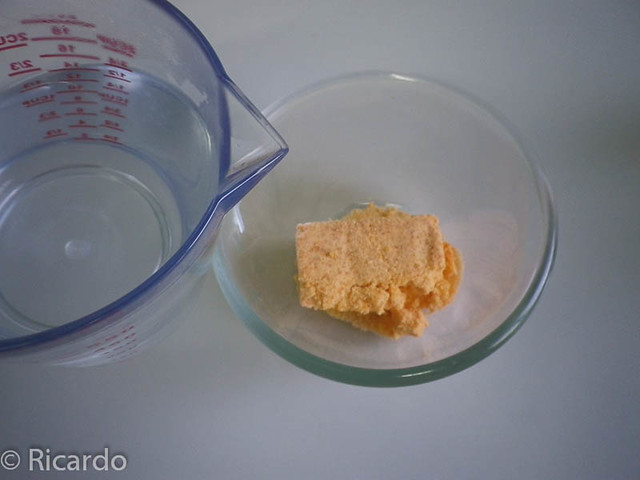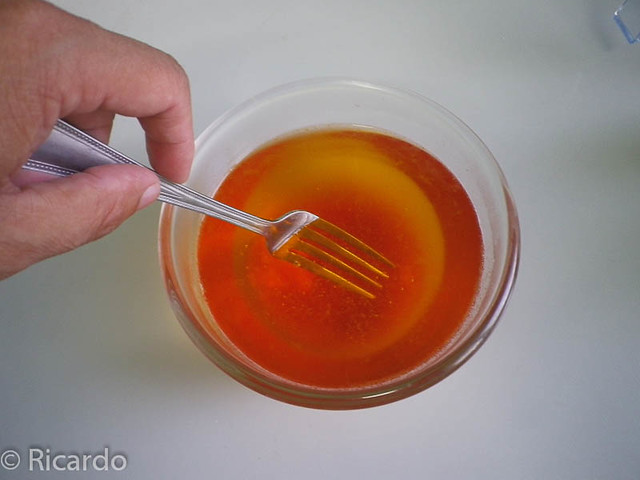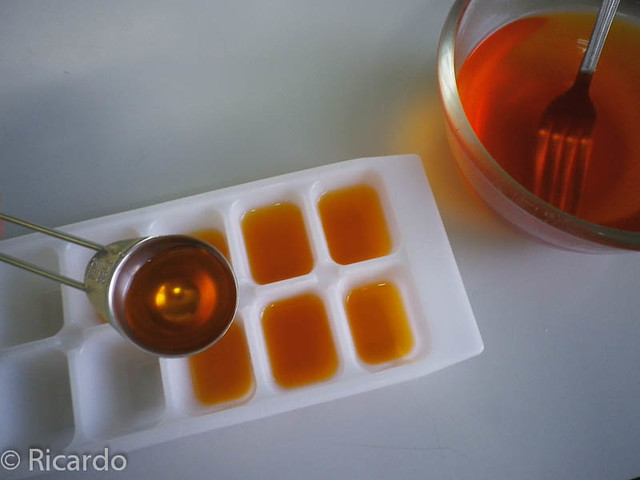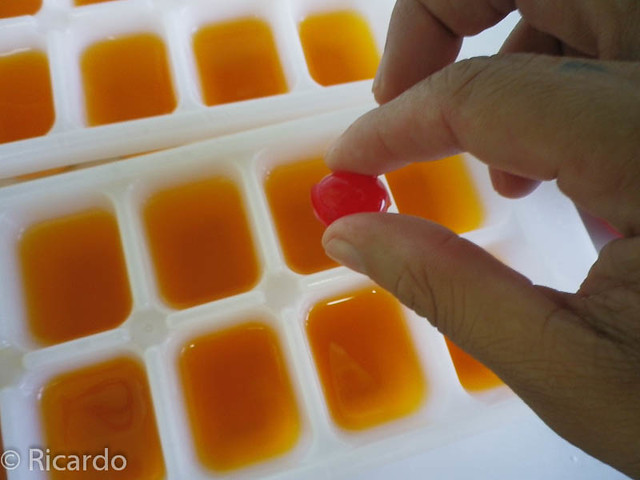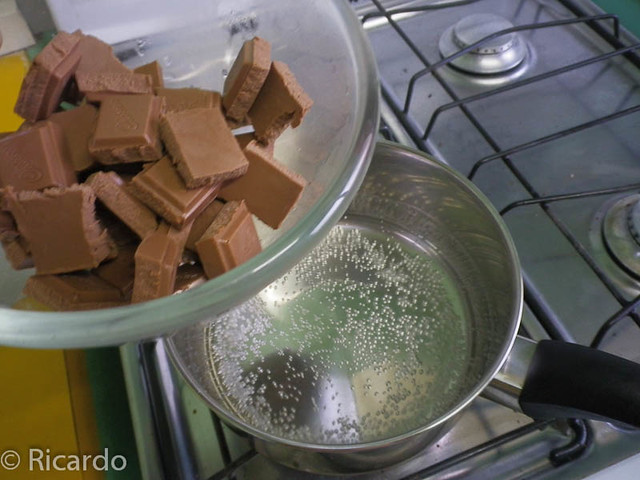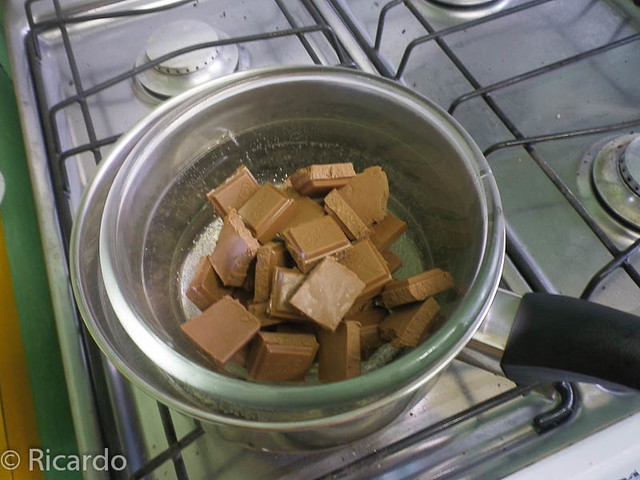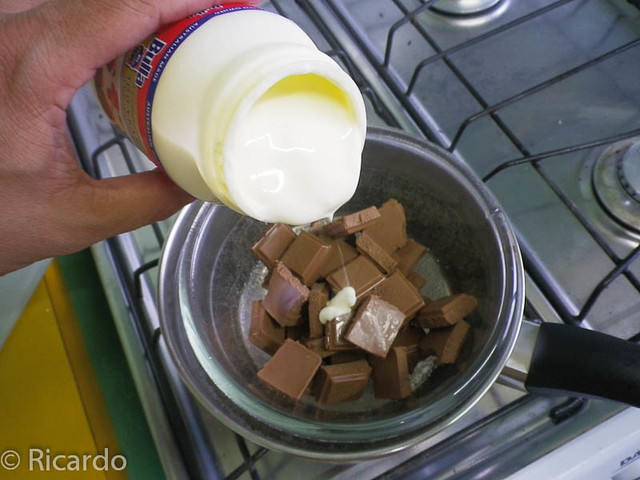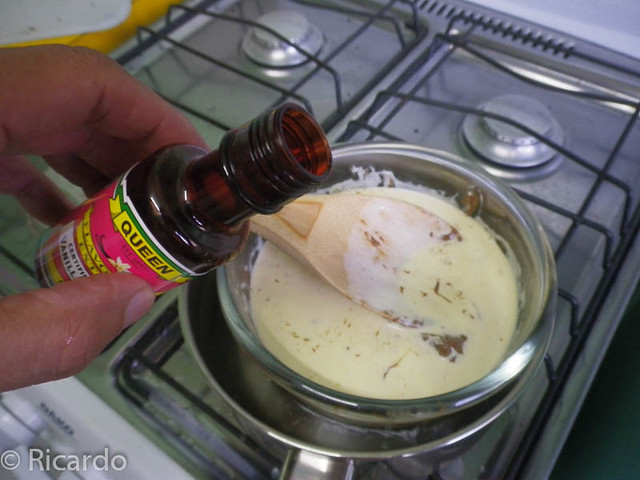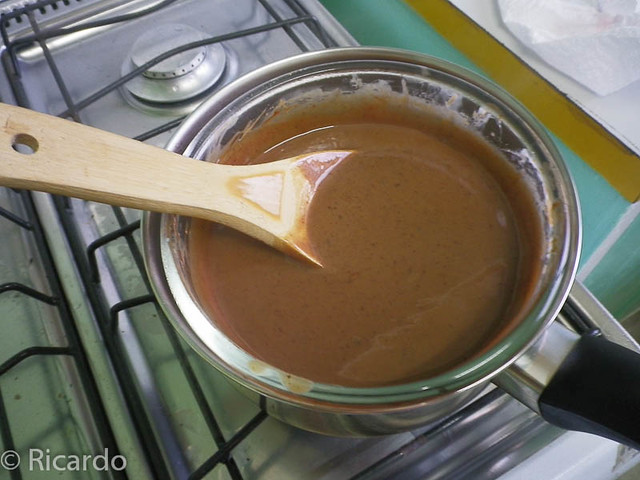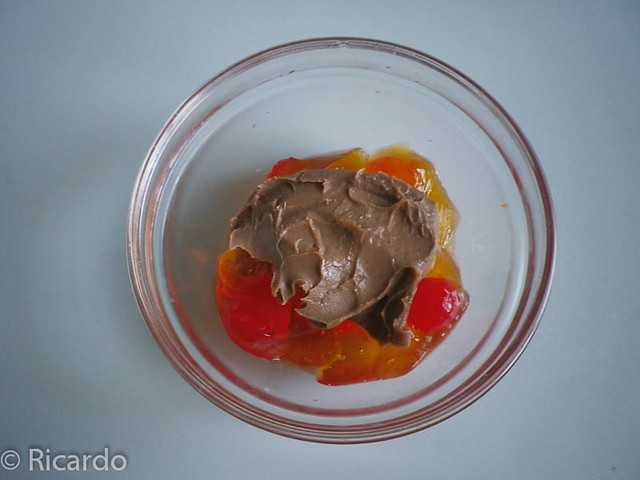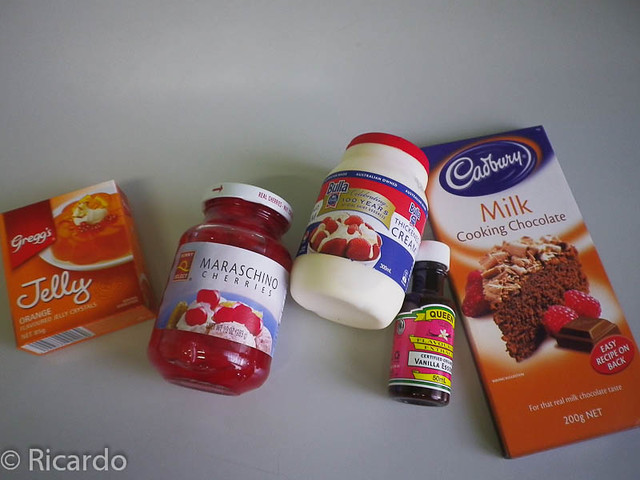The V-Lux 1 is a bridge camera. Now what exactly is that? It's a type of camera that is not a SLR but is now a compact either. Other names for it are superzooms or fixed-lens cameras. They are for enthusiasts who want improved features over a compact. However, the lens is fixed and cannot be interchanged. This is good for highly dusty environments such as PNG.
The V-Lux 1 came out in 2006 and my unit was one of the first to come out as I pre-ordered it even before it came out. It has a 12x zoom. ISO performance isn't stellar and images become noisy at ISO400. I prefer keeping my ISO at 100 and use a flash when needed. I use it as my travel camera and I love it!
It has two dials to control aperture and shutter speed similar to Nikons. The grip is ergonomic and fits snugly in my hand. I can easily operate it with one hand. The pop-up flash is manually opened, a feature I prefer as battery operated ones tend to get stuck. The zoom is manual, another feature I prefer. Autofocus is ok and you can adjust the focus point using the selector at the back. There is also an option for manual focus which magnifies the centre area of the image to help you focus. I believe this is the pre-cursor to live view.
There are three doors on this camera. The battery compartment is accessed through the bottom. The SD card is accessed on the right side and connectors can be accessed through the left door. There is also a tripod thread located right at the bottom of the base of the lens.
It has an electronic viewfinder, another feature ahead of its time as well as a 2-inch articulating screen. These are features common on today's cameras but back in 2007, this was totally new.
This camera has been discontinued but it still packs a punch and I will keep on using it until it dies on me. In fact, I just bought extra batteries for it. Here are a few samples from 2007 when I first got it.
These photos have not been edited. All I have done is add my watermark.
New versions of the V-Lux were released this year and I encourage all budding amateurs to check them out. You can also check out their Panasonic counterparts. The only difference is the firmware and the badge.
Ciao!
